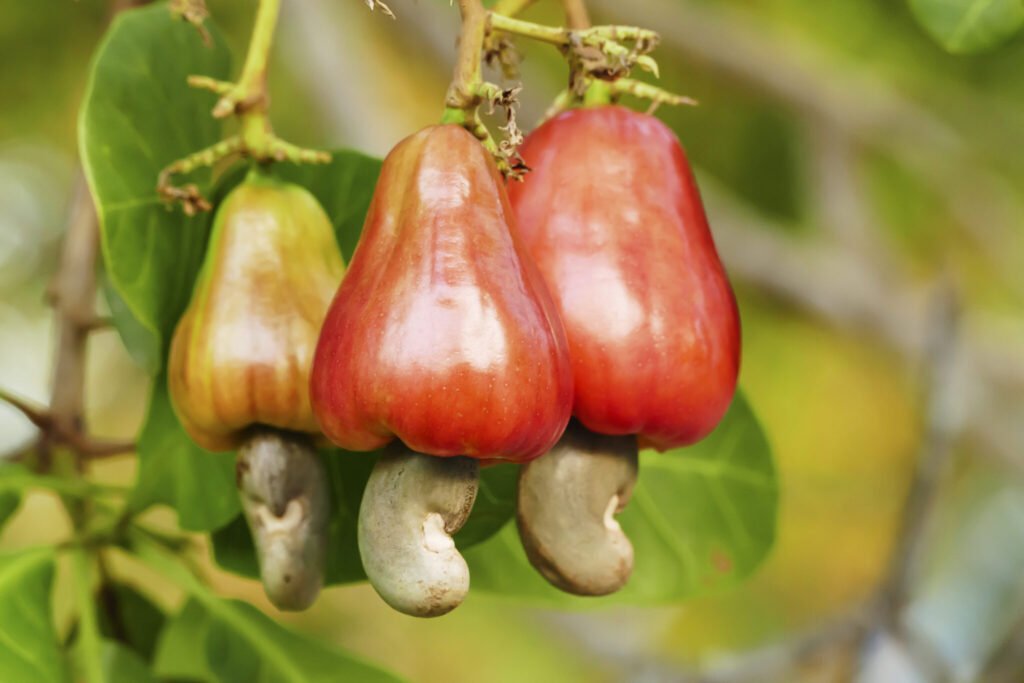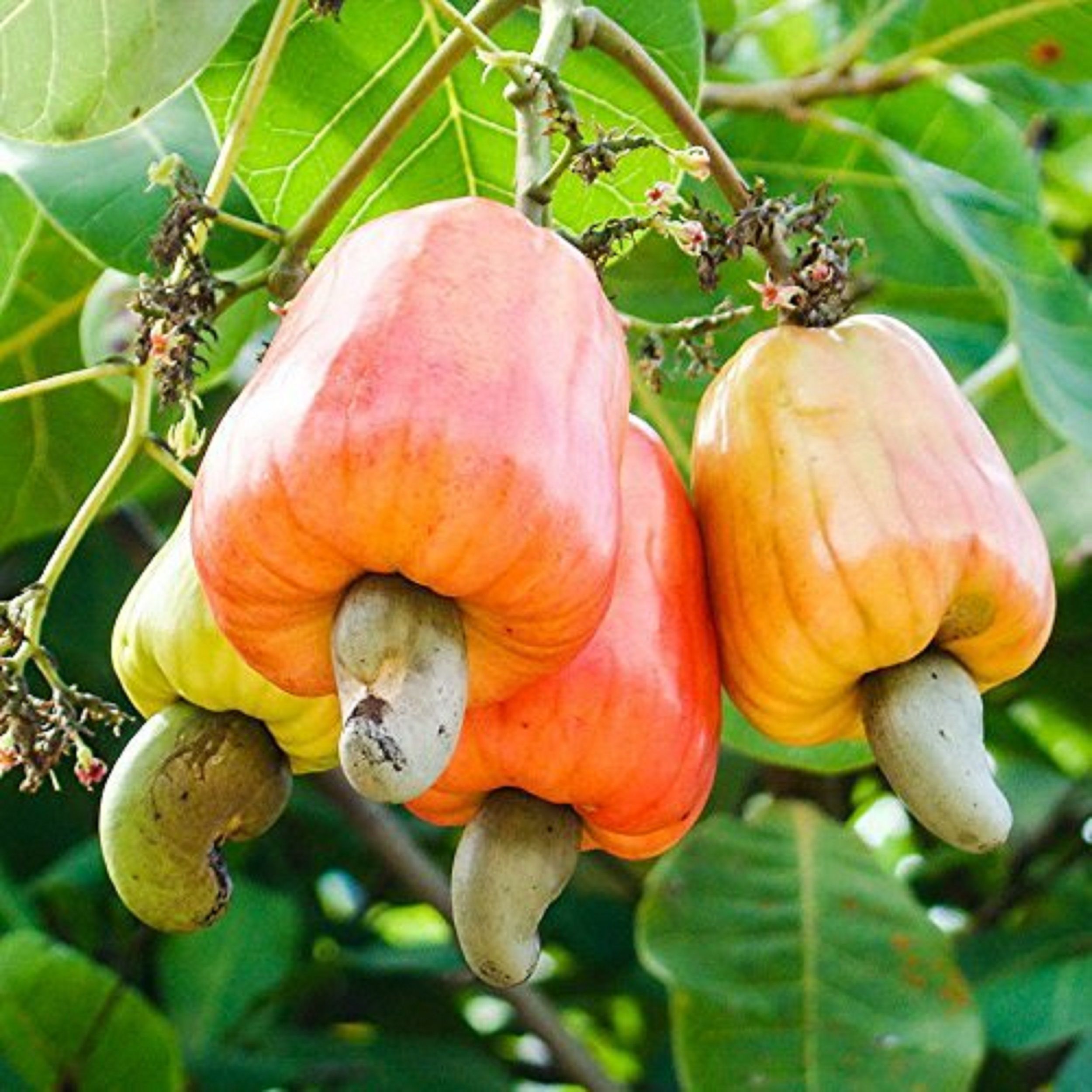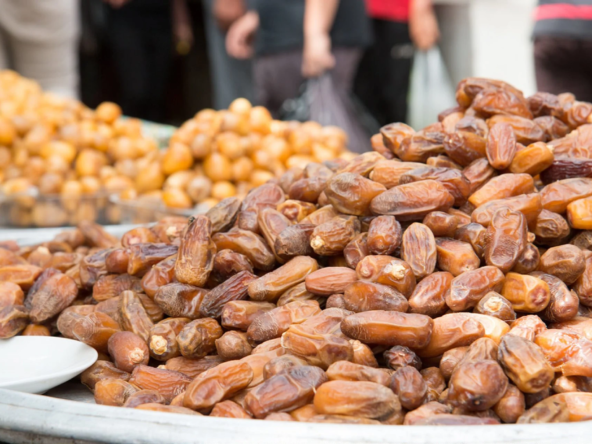Cashews are widely recognized for their buttery, versatile nuts, often consumed as snacks, incorporated into savory dishes, or ground into creamy butters. However, the cashew nut is only one part of the cashew as a whole, which is indeed a fruit in its entirety, with distinct parts that have various uses, cultural significance, and nutritional values. This article aims to explore the cashew as a fruit, delving into its botany, nutritional content, culinary uses, and its environmental and economic impact.
The Botany of Cashew
The cashew tree (Anacardium occidentale) belongs to the family Anacardiaceae, which also includes mangoes and pistachios. Native to the tropical regions of Brazil, the tree thrives in warm climates and is now cultivated in various tropical parts of the world such as India, Vietnam, and countries in Africa. The cashew tree is known for its resilience, often growing in sandy soils where other crops may not thrive.
The cashew fruit is unique in structure. What is commonly mistaken for the fruit is the cashew nut, which, in botanical terms, is a seed that hangs from the bottom of the cashew apple. The cashew apple, technically a pseudofruit, arises from the flower’s receptacle and is pear-shaped or bell-shaped, with a soft, juicy texture. It comes in various shades including yellow, red, or a combination of both, depending on the variety.
Nutritional Insights
Both parts of the cashew fruit—the nut and the apple—offer significant health benefits. The cashew nut is rich in healthy fats, primarily unsaturated fatty acids that contribute to heart health. It also contains protein, antioxidants, and several vital minerals such as magnesium, zinc, and iron. Additionally, it’s a good source of vitamins E and K.
On the other hand, the cashew apple is an excellent source of vitamin C, far exceeding the content found in oranges. It also provides a good amount of dietary fiber and contains lesser-known antioxidants that have various health-promoting properties, including anti-inflammatory and anti-cancer effects.
Culinary Uses
While cashew nuts have become a global culinary asset, cashew apples are less known worldwide but are used extensively in the cuisines of the regions where they grow. In Brazil, cashew apples are consumed fresh or made into juices, jams, and syrups. They can also be fermented into vinegar and an alcoholic drink called cashew wine, which is further distilled into a liquor known as feni in Goa, India.
Cashew nuts are incredibly versatile in the kitchen. They are used in everything from snacks and desserts to vegan recipes where they are processed into milk and cheese substitutes. The oil extracted from cashew nuts is used in salad dressings and in cooking, though it’s less popular than other nut oils.

Environmental and Economic Aspects
The cultivation of cashew trees has significant economic and environmental implications. Economically, cashew nuts are a valuable commodity on the international market, providing a crucial source of income for millions of small-scale farmers in developing countries. The processing of cashew nuts is labor-intensive, involving the removal of the nut from its shell, which contains an irritating resin known as cashew balm. This process provides jobs but also poses health hazards if not managed correctly.
Environmentally, the cashew tree plays a role in combating desertification. It adapts well to arid conditions, helping to stabilize sandy soils and prevent soil erosion. However, like any agricultural activity, the expansion of cashew cultivation can lead to biodiversity loss if not managed sustainably.
Challenges and Opportunities
The cashew industry faces several challenges. The primary issue is the economic vulnerability of the farmers due to fluctuations in global prices and the dependency on export markets. Additionally, processing cashew nuts can be hazardous due to the toxic nature of the cashew balm.
However, there are also significant opportunities. Innovations in processing can improve safety and efficiency, potentially increasing profit margins for processors and reducing prices for consumers. Moreover, the global health food movement offers a growing market for cashew-based products, such as vegan cheeses and milk substitutes, which utilize the nut’s creamy texture and nutritional profile.
Conclusion
The cashew, as a fruit, offers much more than just the nuts that are popular worldwide. With its unique botany, nutritional benefits, and versatility in culinary uses, the cashew provides both opportunities and challenges that reflect broader issues in agriculture, economics, and environmental sustainability. Understanding and promoting the full utilization of the cashew fruit—both the nut and the apple—can lead to more sustainable practices and better health outcomes, making the most of this remarkable tropical fruit.
Ajigofarms is a reliable global agricultural purchase sourcing with profound expertise in the manufacturing, and exportation of food crops. We are tested, and trusted suppliers of all kinds of cash crops and food crops. Our constant supply chain solution makes exporting easy, quick, and safe, we are identified with timeliness and meeting up with deadlines. Regardless of the region you are located in worldwide, you can reliably order your Agric products and be rest assured of successful delivery.




